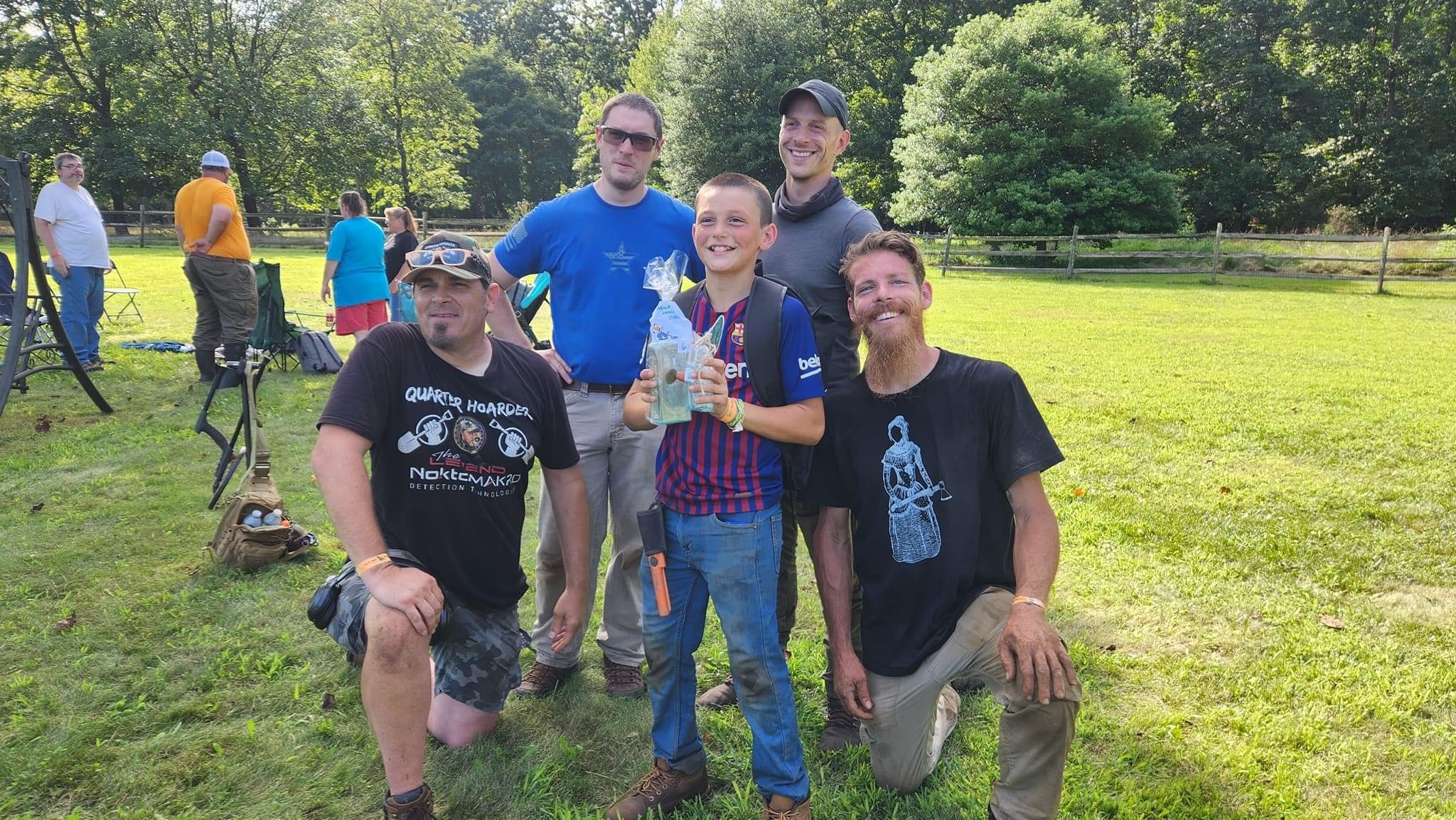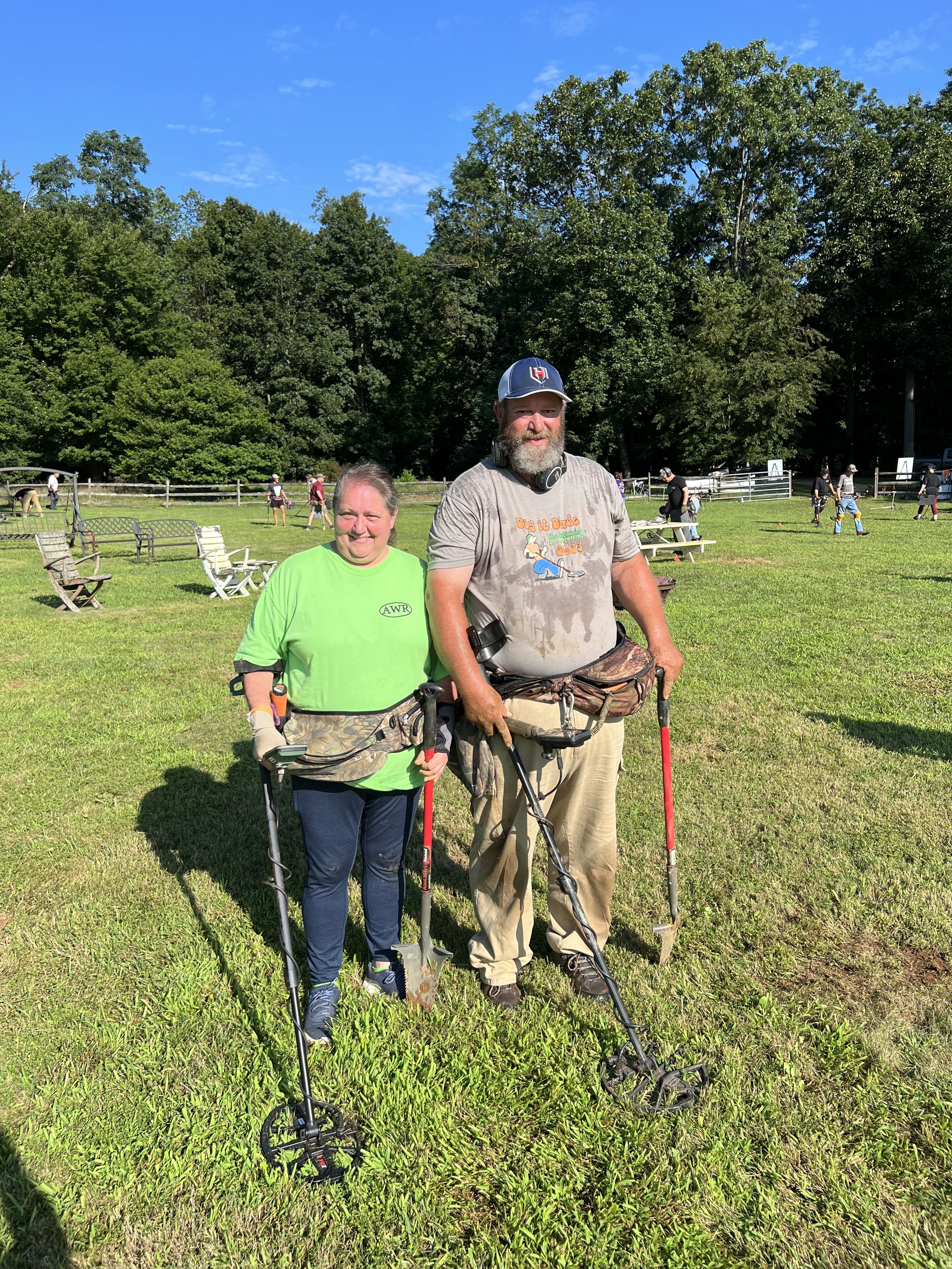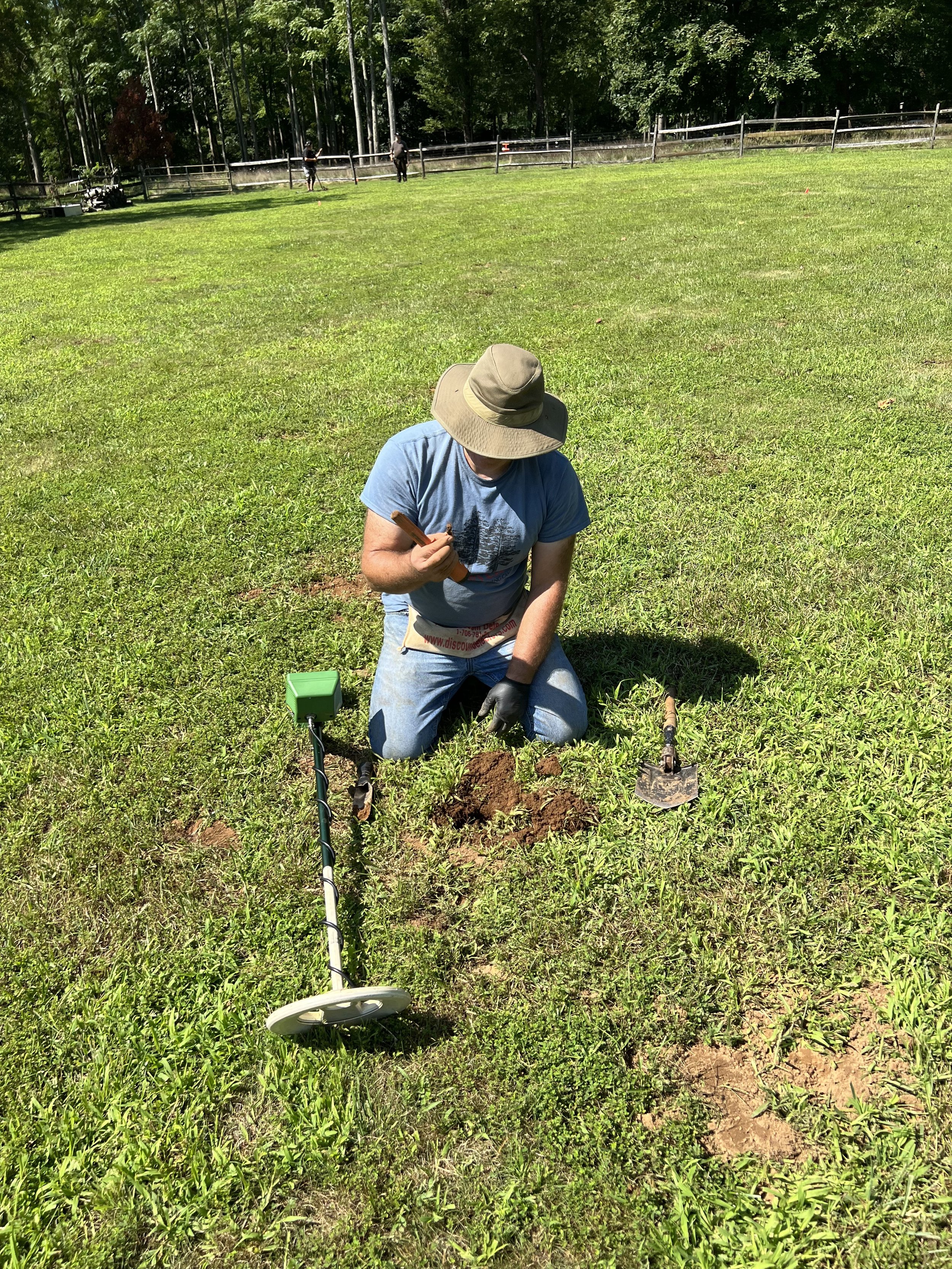With building up and builder bigger regularly at play here, other solutions beyond land preservation through home buying or property acquisition are also employed. Existing preserved green spaces in New Jersey are being utilized to shore up the coast or low-lying areas.
For instance, here in Monmouth County, the $110 million Port Monmouth Hurricane and Storm Damage Risk Reduction Project, initiated in 2014, got underway shortly after Superstorm Sandy. The term “reduction” is sobering, yet the reality for the project’s goals of restoring and protecting the Bayshore region – specifically the Port Monmouth section of Middletown Township - from future storms and their impacts. The project is federally funded through the Sandy relief package and has taken place in Phases, currently in Contract 5, executed by the Army Corps of Engineers.
The first phase included beach replenishment and dune restoration at Bayshore Waterfront Park to help serve as a floodwall and installation of a rock groin to prevent sand erosion. The resulting natural barrier will protect homes and businesses in the area from future flooding. Overall, the project entails constructing a system of levees, a ½-mile floodwall, a tidal gate, road closure gates, road regrading, and pump stations as tide/water control features that collectively work to control and divert, or at least mitigate, incoming water.
Monmouth County has one of the best park systems in the state and arguably the nation, and its leadership and staff have been working to implement natural climate solutions following damage from Superstorm Sandy and ongoing erosion from other storms and rising sea levels. Projects have been successful at several MCPS parks, including at some which MCF played a role in establishing or expanding through collaborative land preservation.
At the Claypit Creek area of Hartshorne Woods Park along the Navesink River in Middletown, MCPS partnered with the American Littoral Society to restore significant damage from Sandy and install a living shoreline. The engineered bulkhead at the site was badly eroded, and accumulated sediment allowed invasive phragmites (common reed) to grow. Both were removed, and the low salt marsh area was planted with native vegetation, which has been shown to be more stable and resilient to storm damage – at a fraction of the cost of manmade solutions. The native plants also support the intended natural ecosystem, which provides a valuable nursery for shellfish, fish, wading birds, and other wildlife.
At Fisherman’s Cove Conservation Area in Manasquan, the New Jersey Department of Transportation (DOT) pumped sand from the Manasquan River Inlet to clear the channel for boat traffic following Sandy onto the park’s beach at no cost to the County. It was an economical solution with mutual benefits to the Inlet and Fisherman’s Cove, repairing erosion at both sites.
Natural climate solutions such as these offer environmental and economic benefits. They deliver a multitude of cost-effective advantages to society and biodiversity, providing critical ecosystem services like improved water and air quality, and flood protection.
How You Can Help
It’s no surprise New Jersey is the most densely populated state in the nation. The Garden State has a lot to offer, and those of us who call Monmouth County home are very fortunate when it comes to green space and access to water. Our home boasts beautiful beaches, ample parks, farmland, and diverse natural habitats – which provide wide-ranging benefits.
The health of our natural environment impacts the quality of the air we breathe, the water we drink, and the wellbeing of future generations. Our green spaces and waterways give high value to our real estate and foster our quality of life. Open space is critical to our region’s sustainability, offering natural climate solutions and storm protection, and this 10-year anniversary of Superstorm Sandy is a poignant reminder of the fragility of our home.
There is less and less open space available in the face of development and environmental pressures. MCF works with Monmouth County’s 53 municipalities to preserve land through various mechanisms for the benefit of our community and future generations. Funding is an utmost obstacle to compete with deep-pocketed developers, motivated property buyers, and myriad challenges to habitat survival to acquire and preserve land.
Immediately following Superstorm Sandy, property values plummeted in many areas of New Jersey, with the demand for waterfront properties in flood-prone and damaged communities severely diminished. Today, buyers’ fears have largely subsided, and MCF faces steep assessment values for properties being considered for acquisition. Support through charitable donations, grants, estate, and planned gifts enables MCF to stay in the fight. We have an extraordinary opportunity to raise matching funds to support farmland preservation and habitat protection through the REPI program. Donations of land or easements by Monmouth County landowners can also be a tremendous help, as is participation for relevant homeowners in programs like Blue or Green Acres.
Thinking back to the onset of the pandemic and the shutdown in 2020, we experienced an intense appreciation for the outdoors. It reminded us that every member of our community, regardless of race, religion, or socio-economic status, needs and deserves access to open space, optimally within walking or biking distance from their homes. Open space is of paramount importance for public health and wellbeing and for maintaining our quality of life.
MCF is currently prioritizing acquisition and park/open space development projects that are smaller in size and often located within the County’s more urban areas, but no less important to our residents. These projects have included the establishment of new parks in underserved communities such as Asbury Park and Neptune and the enhancement of a long-neglected park in Long Branch. In Red Bank, motivated by a generous gift from an anonymous donor, we are now partnering with the Borough to transform a former landfill into an eight-acre park in the Borough’s west side.
The existence of community green and blue spaces offers numerous benefits. Not only do they improve the health and wellbeing of residents, but they work to protect people and their homes from extreme weather events by providing natural climate solutions for resiliency through the protection of land.
Nature is a powerful force, for the bad and for the good sometimes. Through strategic applications of land preservation and natural infrastructure, we can, together, work to safeguard our future.



























































































































































































































